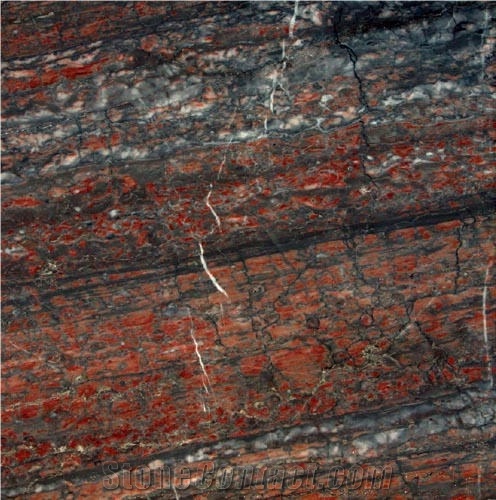Can Germany's Saalburger Marmor Marble be used exterior applications in very dusty climates?
Saalburger Marmor Marble, also known as Saalburg Marble, is a type of marble primarily quarried in Germany. Marble, in general, is commonly used for various exterior applications such as architectural facades, outdoor flooring, and decorative elements. However, the suitability of Saalburger Marmor Marble for exterior use in very dusty climates depends on various factors.
1. Porosity: Marble is a naturally porous stone, which means it can absorb moisture and other contaminants. In dusty climates, the high porosity of marble might allow dust particles to settle and get trapped in the stone, making regular cleaning and maintenance essential.
2. Durability: While marble is a durable and long-lasting material, its susceptibility to erosion and weathering can vary based on the specific type of marble. The hardness and structural integrity of Saalburger Marmor Marble may affect its ability to withstand the abrasive action of dust and sand particles carried by strong winds.
3. Surface treatment: Applying a suitable protective sealant or coating can enhance the resistance of Saalburger Marmor Marble to dust and other outdoor pollutants. These treatments can help minimize the dust accumulation and facilitate easier cleaning.
4. Maintenance: Regular cleaning routines, such as gently washing the marble surfaces with water and mild soap, can effectively remove the dust and prevent it from settling deep within the stone.
It is advisable to consult with marble professionals or experts in your specific region to assess the specific characteristics of Saalburger Marmor Marble in relation to the dusty climate you are dealing with. They can provide recommendations based on the marbles porosity, durability, and maintenance requirements, ensuring a suitable choice for your exterior application.
Saalburger Marmor Marble, also known as Saalburg Marble, is a type of marble primarily quarried in Germany. Marble, in general, is commonly used for various exterior applications such as architectural facades, outdoor flooring, and decorative elements. However, the suitability of Saalburger Marmor Marble for exterior use in very dusty climates depends on various factors.
1. Porosity: Marble is a naturally porous stone, which means it can absorb moisture and other contaminants. In dusty climates, the high porosity of marble might allow dust particles to settle and get trapped in the stone, making regular cleaning and maintenance essential.
2. Durability: While marble is a durable and long-lasting material, its susceptibility to erosion and weathering can vary based on the specific type of marble. The hardness and structural integrity of Saalburger Marmor Marble may affect its ability to withstand the abrasive action of dust and sand particles carried by strong winds.
3. Surface treatment: Applying a suitable protective sealant or coating can enhance the resistance of Saalburger Marmor Marble to dust and other outdoor pollutants. These treatments can help minimize the dust accumulation and facilitate easier cleaning.
4. Maintenance: Regular cleaning routines, such as gently washing the marble surfaces with water and mild soap, can effectively remove the dust and prevent it from settling deep within the stone.
It is advisable to consult with marble professionals or experts in your specific region to assess the specific characteristics of Saalburger Marmor Marble in relation to the dusty climate you are dealing with. They can provide recommendations based on the marbles porosity, durability, and maintenance requirements, ensuring a suitable choice for your exterior application.
 Germany
(Saalburg, Tegau, Doeschnitz, Schleiz, Thueringen)
Germany
(Saalburg, Tegau, Doeschnitz, Schleiz, Thueringen)

















